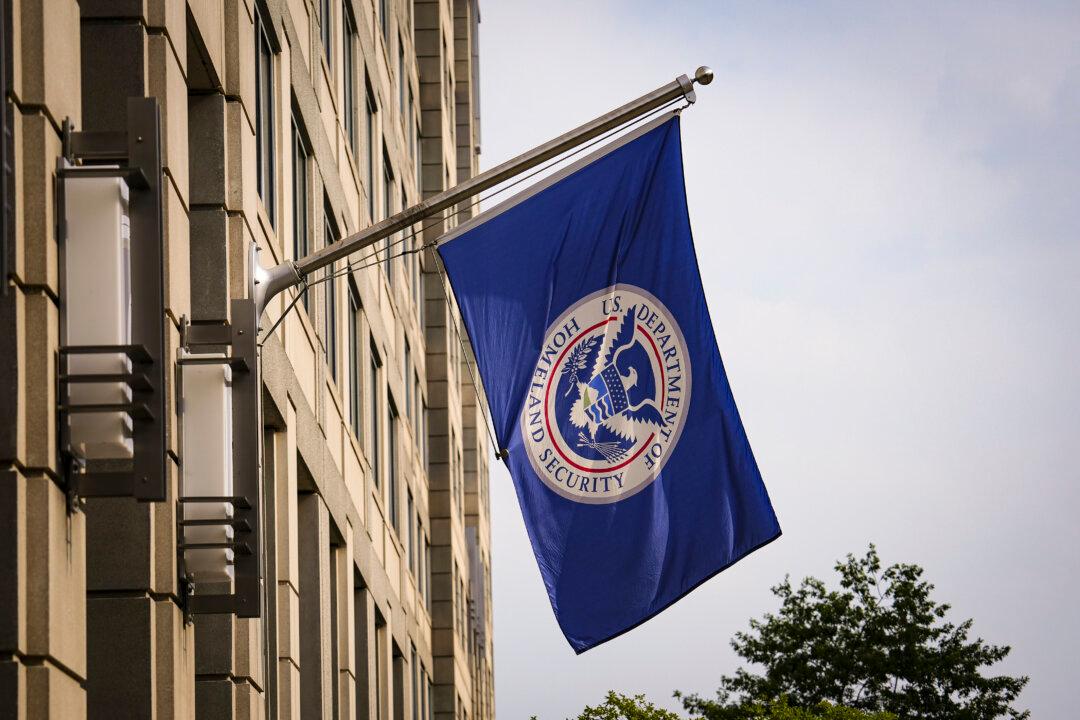After the terror attacks on the United States on Sept. 11, 2001, the federal government created the Department of Homeland Security (DHS) and spent significant money bolstering local response to the threat of terror attacks.
Since 2002, the Federal Emergency Management Agency (FEMA), which is part of the DHS, has spent $55 billion in various threat preparedness grants to state, local, tribal, and territorial governments.





